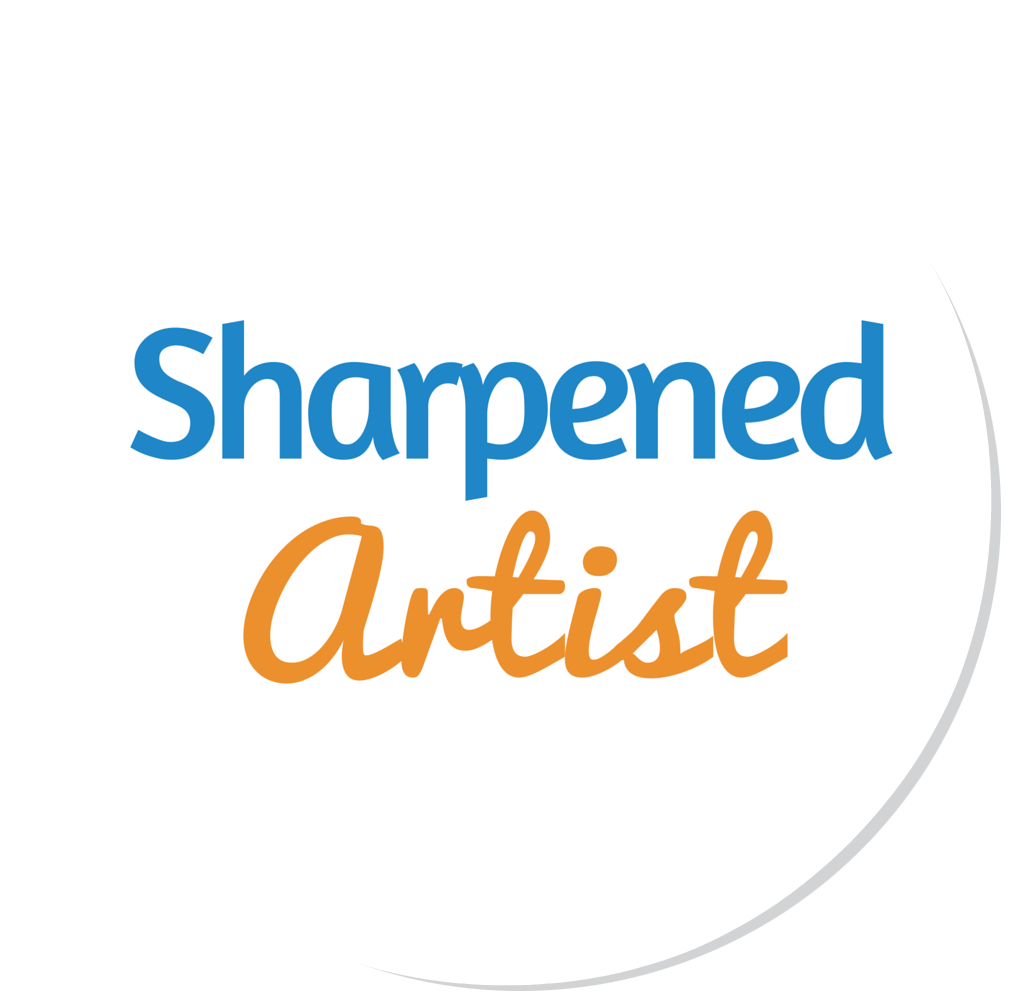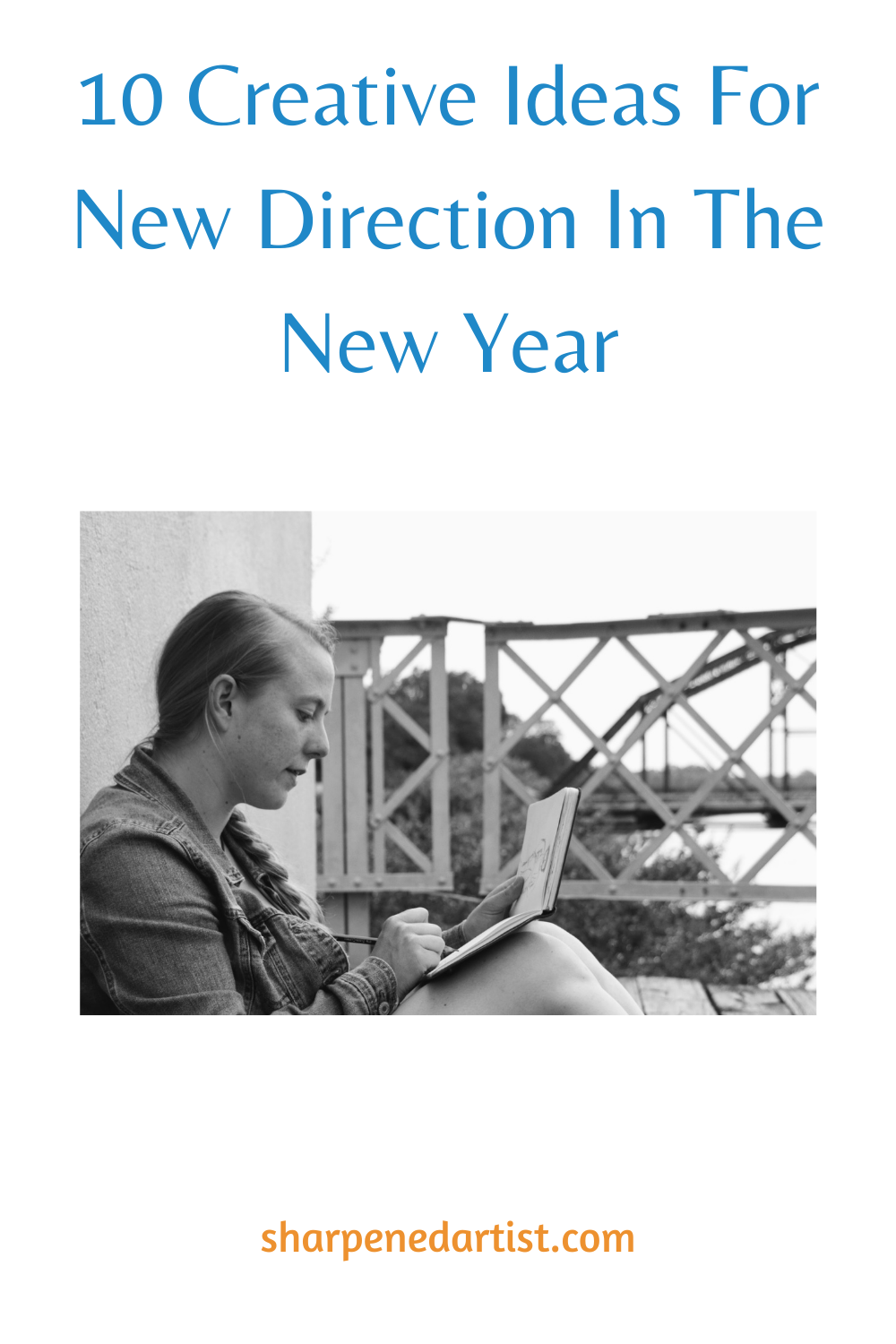Happy New Year!
It's a brand new year filled with new possibilities for your art.
I wanted to share a few words of encouragement as we head into this new year.
What Can You Do This Year?
If you're as enthused about the possibilities of this fresh year as I am, then I have a proposition for you...
Do something to stretch yourself in some new way.
Need some help?
Here are a few things to consider to get you started:
If you've been putting off establishing a daily drawing practice, now might be the time. If that still sounds overwhelming, then just grab a very small sketchbook and draw for just 5 minutes every single day!
Have you been wanting to expand your mixed-media knowledge? Perhaps you're a little hesitant about combining mediums with colored pencil. Simply decide to try it this year and go ahead do it!
Why not make this the year to pursue your ambition of creating a cohesive body of work? To get started, set a goal for how many art pieces you want to complete by January 2023. Then figure out the drawing you'll do for the first month, first quarter, and so on. Don't over-complicate it.
Maybe It's time to go local and check out your area's art gallery. It's only a small step from viewing to asking the gallery whether your artwork may be exhibited.
Perhaps you've been wanting some accountability to staying on track with your continued learning and development. It's not a sign of weakness- It's a wise person that seeks counsel.
It's possible that it's time to write and submit an article for publication in a magazine or website. If that's you, then here's the plan: Make the job of the editor extremely easy. Don't be pushy. Just share the article idea with them first. If there's interest, then supply everything they ask for before the deadline you're given.
Maybe it's time for you to start filming your work for a YouTube channel, a course, or a live zoom workshop. If you've got a newish cell phone, that's enough to get started!
If you've been drawing the same thing for a while, maybe it's time to experiment. Perhaps it's time to try something new if you've been doing portraits of just infants. If you've mainly drawn still life subjects, consider experimenting with a landscape or two. There are limitless possibilities for what may be fresh for you.
Change the size of your drawings. If you've been drawing mostly a 8x10 scale, then consider drawing a 12x14 size. Or, if you've been drawing pieces that are longer than 30 inches, consider doing a 5x7 from time to time. You may be pleasantly startled by what opens up to you creatively by making this one change.
Maybe it's time to start a website for displaying your work or updating the one you already have. It's an excellent method to display your work and, if you've been looking for commissions, there is no better point of contact than this.
The point is, there are no bounds to what you can do this year with your art hobby or career.
All you need is some ambition and a willingness to push yourself a little bit further than you have before.
Just pick 1 or 2 items that you have agency over. I know you can do it!
One final thing..
I know it isn’t always easy to make changes, but it’s worth it in the end.
Going in a new (or even slightly new) direction can open up so many new options that you don't have until you make that change.
So, What changes do you want to set in motion in the year 2022 for your art?
What will you do to make those changes happen?
I'm eager to hear about your art plans - and even more excited to see how those ideas take shape!




